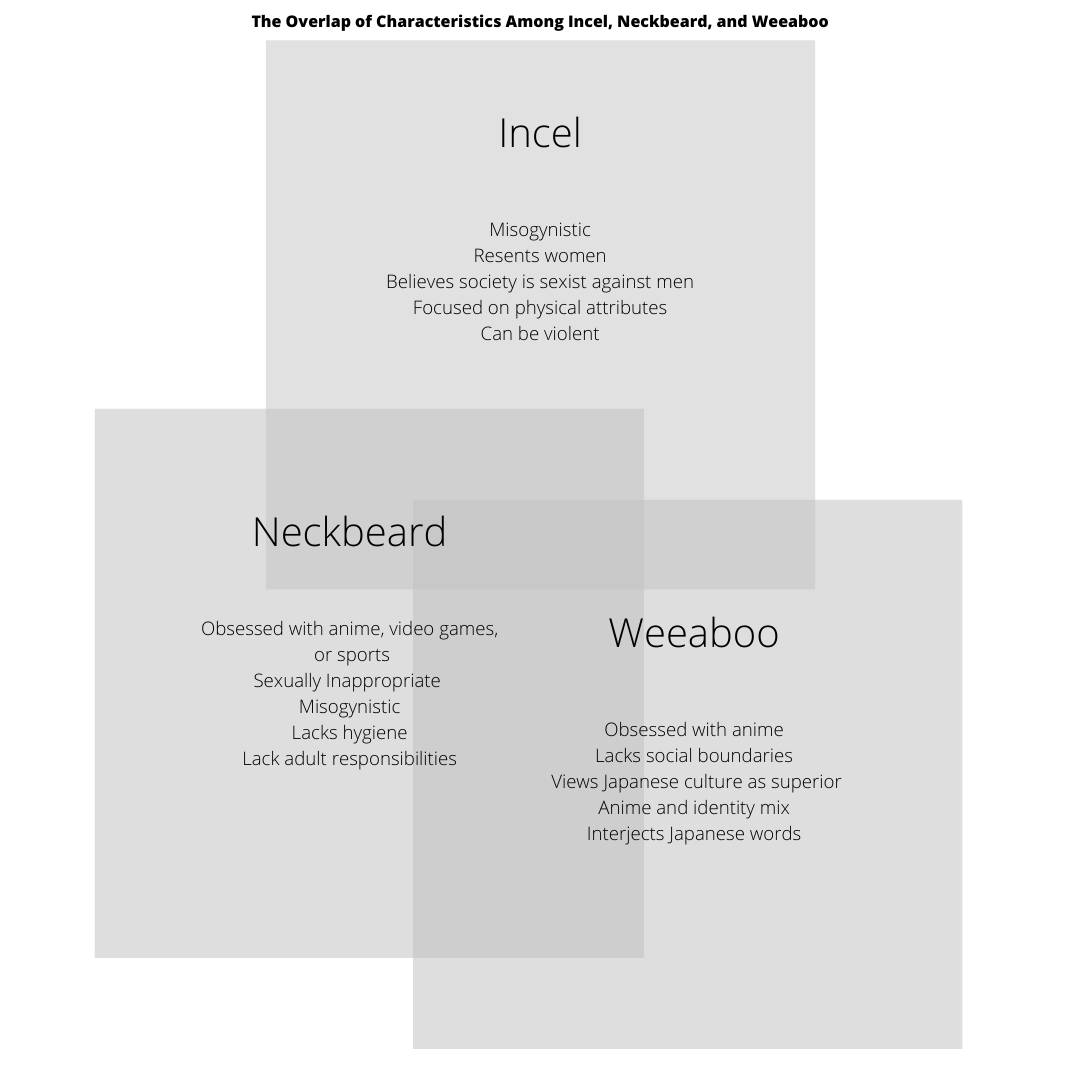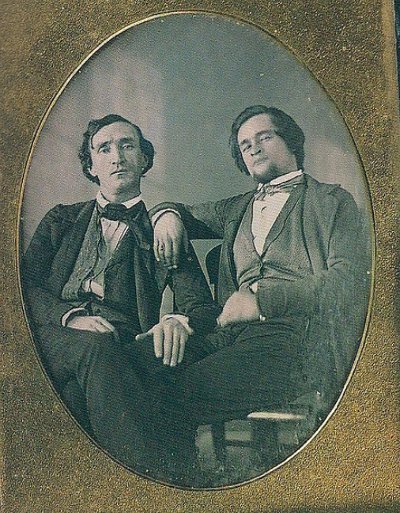
The notion that man possesses, in addition to his physical self, a symbolic self, is widespread, perhaps universal. A mirror corroborates this. It does more: It reveals the symbolic self OUTSIDE the physical self. The symbolic self is suddenly explicit, public, vulnerable. Man’s initial response to this is probably always traumatic.
Cringe also happens when some people hear certain words or see certain behaviors. About 20% of people cringe at the word moist (did you cringe?). Word aversion, as this is called, also extends to words like crevice, slacks, and luggage. In the case of moist, the cringe reaction seems to come from the meaning of the word more than the sound. Similar sounding words like foist and hoist don’t create the same reaction. However, words like sticky and damp also rank as unpleasant for people with aversion to moist. Younger and more anxious people tend to have more disgust toward words describing bodily functions (Cheydleur, 2015).
Cheydleur’s comment about young and anxious experiencing more word cringe may explain why online cringe culture tends to skew toward the young and those with anxiety and social problems. When we cringe at others, we react to their awkwardness, and awkwardness is most often found in the young and people with anxiety and social problems. The cringe reaction comes from people acting in ways that violates various expectations and social standards: personal boundaries, cleanliness, speech, and other standards. We cringe at and for people who lack self-awareness.
Neckbeards, weeaboo, and other subgroups induce cringe with their behavior. Neckbeard is an Internet term that refers to men (women are called Legbeards) who have poor hygiene, lack social boundaries, high egoism, and are obsessive about their interests. Weeaboo is an Internet term that refers to anime fans who lack social boundaries and are also obsessive with their interests.
Often, both groups have an undue sense of their superiority in their fandom and lack the self-reflection necessary to see their behavior as a problem for others. Many also show stalking and unwelcome physical behavior toward women. In some accounts I’ve read and heard, a young man would ask a young woman to touch her breasts while pleading that he won’t get many chances to do so. The manipulation, lack of boundary, instrumentality, and self-loathing all combine to create cringe.

While cringe has always been around, the Internet amplifies it. Many people with too much time and a strong desire to assuage their own self-discontent post videos and stories of cringeworthy behavior. In some cases, it creates a sense of superiority to others. After all, laughing at such behavior and downgrading those people is a method to temporarily help oneself feel better. The ego enjoys the comparisons. However, in some cases effacing others is a way to deny the fact the poster may also number among those who create cringe in others. Cringeworthy behavior, if to a lesser degree, is a part of being human. I’ve done plenty of cringy things when I was young and anxious. Most people eventually grow out of it, but the Internet doesn’t allow past behavior to remain past, sadly.
Neckbeards and weeaboos–which often overlap–appear stuck in the social awkwardness of the early teen years. When this combines with social frustration and ego and lack of self-reflection, you get the behaviors associated with those groups. They don’t grow out of their early teens. In many regards, cringe culture’s focus on the emotionally stunted focuses on easing your own misgivings. Of course, the emotionally stunted appear to choose this. They could well choose to grow into adulthood and leave their awkwardness mostly behind. Instead, they double down on the behavior to set themselves apart.
Both groups shelter in their interests, often to the detriment of the fandom. Neckbeards, in particular, cause problems for people who study anime, Japanese culture, Japanese literature, and the online cultures surrounding Japanese interests. While I don’t usually care about the opinions of others, neckbeard culture has become linked to these and other interests. This association with neckbeard behavior poisons these interests in the minds of many people. Anime becomes associated with cringe, and that isn’t good for the health of the medium. Of course, sports have their own sportaku and neckbeards, but sportaku don’t have the same online presence. Sports fans tend not to cannibalize their subcultures in the same way nerd cultures do. I suspect sportaku identification with their teams help reduce the need of their egos to establish personal superiority through online shaming (not to say that this doesn’t go on). Cleveland Browns fans, for example, take pride in their team identification and the idea they are the most loyal of all National Football League fans (the Cleveland Browns tend to lose more often than not). On the other hand, many nerd cultures seem to need that online shaming component, hence the existence of the terms weeaboo, fujoshi (which has developed some negative connotations), and, of course, neckbeard.

Internet groups have co-opted a natural physical reaction toward awkwardness to help ease their self doubts and feelings of inferiority. We laugh at things to make them less frightening, threatening, or to establish ourselves as better. Cringe culture doesn’t laugh with people: it laughs at them. Laughing at another belittles them, easing our own concerns about possibly belonging to that same social standing. Laughing at cringe, milking the lolcow to use the slang, can help you laugh at your own awkwardness by extension. In the end, cringe culture doesn’t correct the negative behaviors of the neckbeards and others who become the targets of ridicule. Laughing at cringeworthy behavior isn’t harmless because it creates a habit of mocking others instead of a taking a compassionate perspective.
Cringe culture will fade eventually, but the physical reaction will remain a part of us as social creatures.
References
Cheydleur, Kasey (2015) Why ‘moist’ makes us cringe. Oberlin College. https://www.oberlin.edu/news/why-moist-makes-us-cringe
Dahl, Melissa (2018) Cringeworthy: A Theory of Awkwardness. Penguin.






Ur mom ur mom URMOM
That is cringeworthy 😀